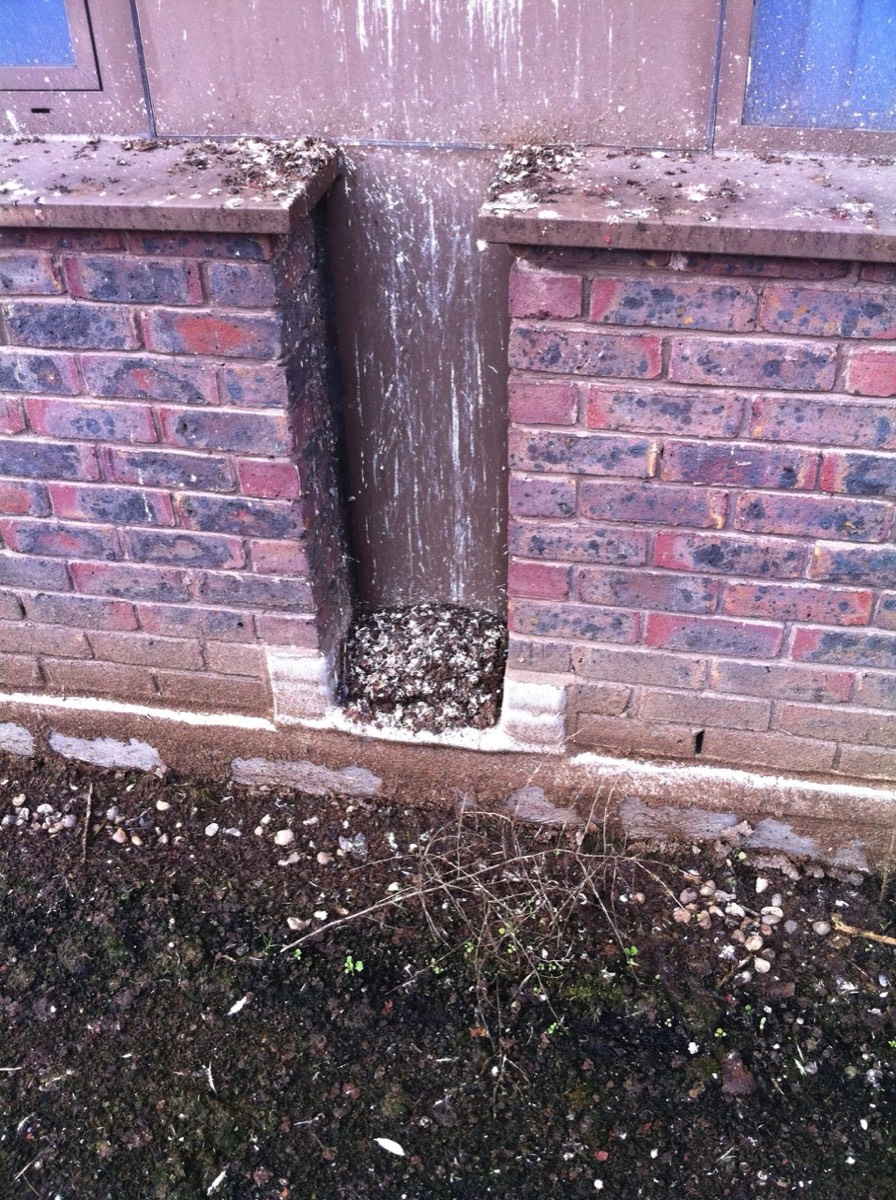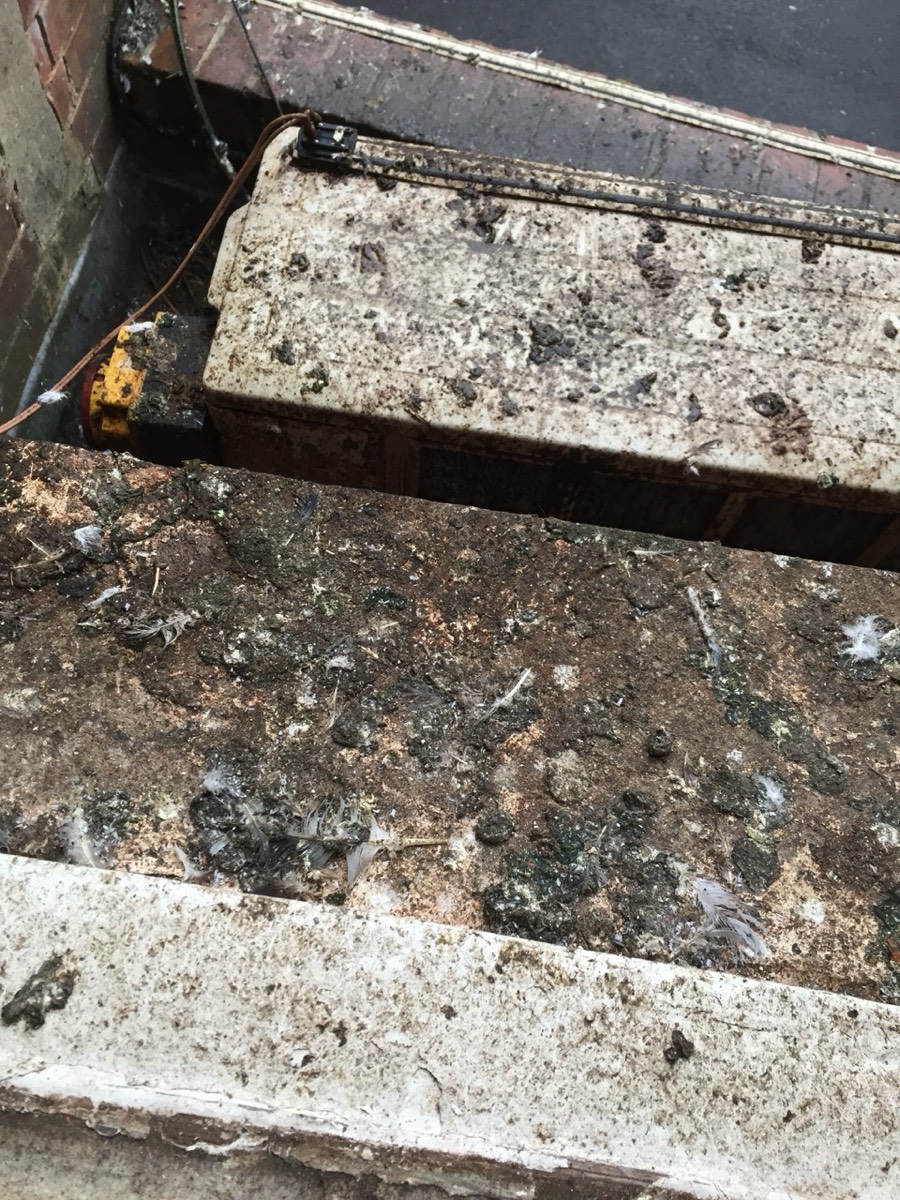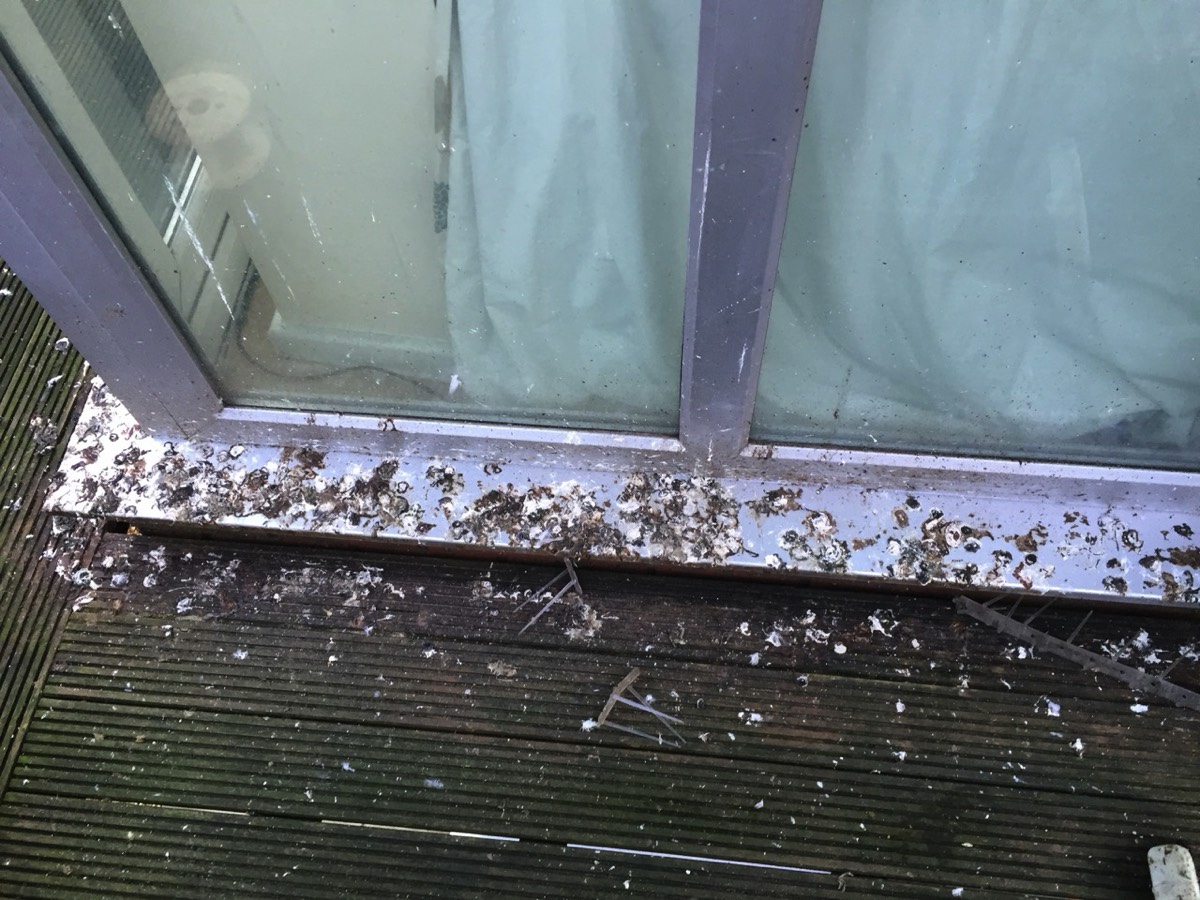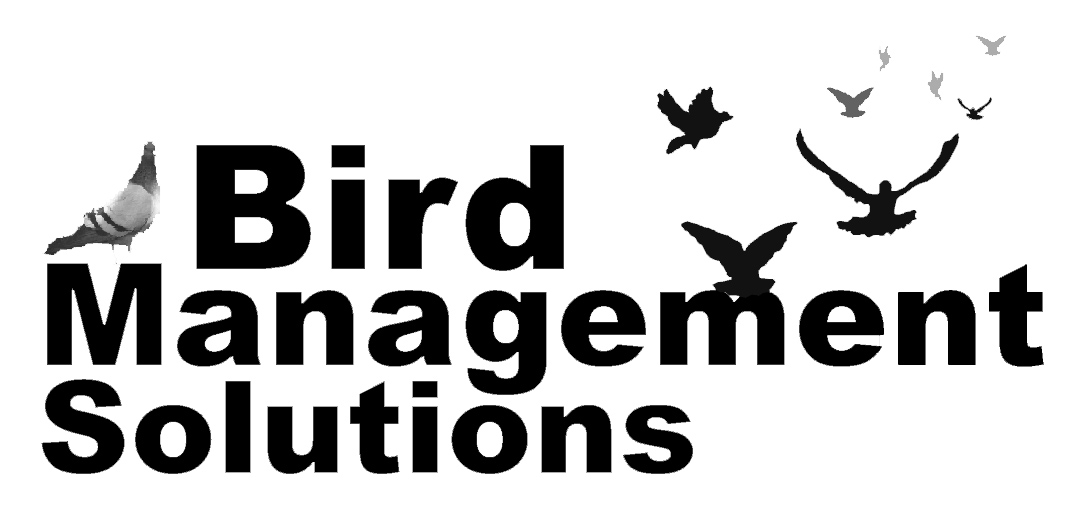Why Proof?
Having a bird infestation problem on your building can pose a number of serious problems, both to the building itself and to your business and customers. These problems include:
Aesthetic Appearance

This negative impact on your business is even greater if you are in the food industry - pest birds are potentially even more of a health risk than rats.
Once a building has been heavily infested with birds it can be very costly to remove the fouling and clean the building, this is why proofing should be carried out before the problem gets too bad.
Structural Damage

Droppings and nesting materials can also block gutters and downpipes which can damage the pipes themselves as well as causing water damage to the building.
Nest debris can also block air intakes and air conditioning units causing mechanical faults which can be costly to repair.
Health
Urban pest birds pose a considerable threat to human health due to the number of diseases and bacteria that are present in their droppings and nests. The diseases relating to pest birds are:
Pests
Bird nests can also contain other insect pests such as carpet beetles, clothes moths, spider beetles, dermestid beetles and booklice. Dead birds can also lead to infestations of house flies and blowflies.
Please note - due to the health risks associated with the removal of bird nests and droppings, only trained and suitably equipped personnel should perform the task.
Safety

Should a member of the public injure themselves as a result of slipping on droppings you may find yourself liable for compensation.
Another risk to public safety is a gull attack. Gulls have been known to to mug people for their food and can viciously attack both people and pets during the nesting season. Gull attacks can lead to severe injuries or even death and have been proven to be on the increase.
Other Problems
Other problems associated with urban pest birds are the contamination of food which could lead to prosecution and the noise and foul odours which create unpleasant conditions for customers and employees.
